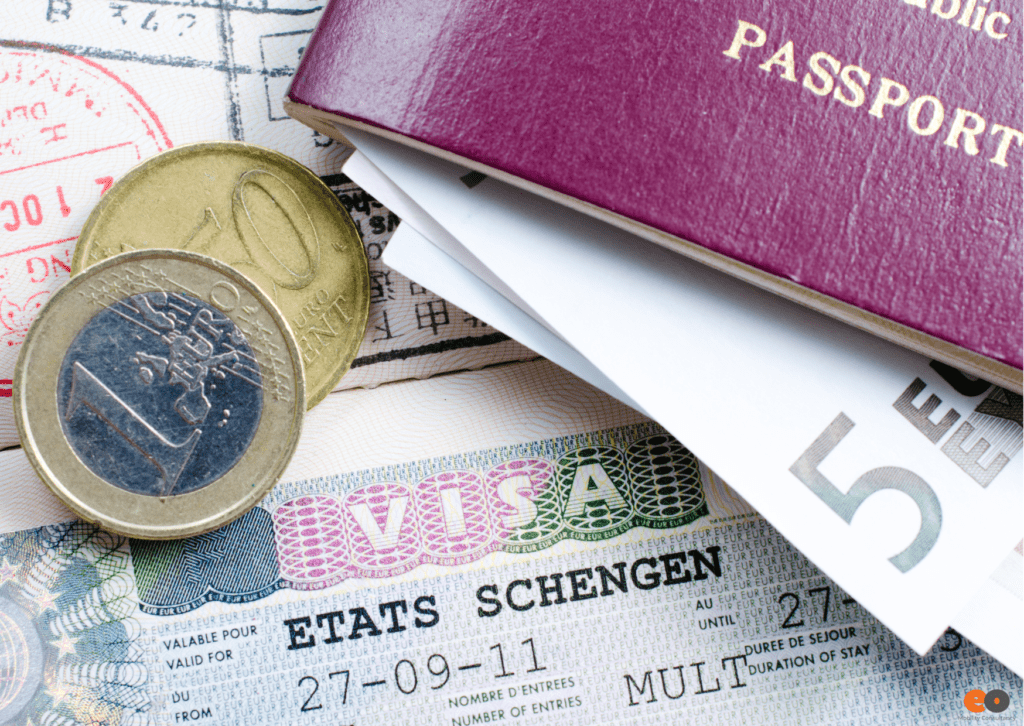Below you will find answers to the most frequently asked questions related to the ETIAS travel authorization.

How long is an ETIAS travel authorization valid for?
If approved, the ETIAS travel authorization can be valid for 3 years or until the expiration of your passport. Obtaining the first or second term of validity depends on the system’s evaluation of your data and risk.
What if my application for an ETIAS travel authorization has been denied?
Minutes after submitting your application, you will receive a response on the status of your ETIAS travel authorization. If you have been approved, congratulations!
Otherwise, you will receive a denial message. This denial message will contain the reason why your ETIAS travel authorization was denied. You could appeal this decision or the reason on which your refusal is based, you can regulate your request and try again.
What documents do I need for the ETIAS travel authorization?
The only document you need to apply for an ETIAS travel authorization is your current passport. Your passport may need to include the following information:
- Your digital photograph, which is not attached to the passport
- A machine-readable passport, which is located below your passport photograph and has two lines of numbers, letters, and symbols
- A passport with an electronic chip is not necessarily required, but would be an advantage. This chip is located at the bottom of the front page of your passport.

Can I access any EU country with the ETIAS travel authorization?
To make correct use of the ETIAS travel authorization, you must first go through the first country you indicated on your application. If you were planning to travel through Germany, Belgium, and Austria and you indicated on your application your intention to visit Germany first, then you must travel through Germany first before visiting Belgium and Austria. Once you have accessed the first country, you will be able to visit any other country within the Schengen area for 90 days.
However, the mere availability of an ETIAS travel authorization does not necessarily guarantee entry into EU countries. That is at the discretion of the border authorities.
There are countries in the EU that are not within the Schengen area and you will not be able to access them with the ETIAS travel authorization.
How does ETIAS control my data?
ETIAS will be connected to numerous databases that can verify your information in a matter of minutes. Therefore, it is important for all applicants to provide honest answers and not try to provide false information. In the event that you are caught providing fraudulent information to the ETIAS system, your application will be denied. In addition, if your ETIAS travel authorization has been approved, but it is later discovered that you have provided incorrect or false information, your ETIAS travel authorization will be revoked.
How much time do I have to apply for the ETIAS travel authorization?
As indicated, completing the ETIAS travel authorization application takes about 10 minutes. After that time, you’ll receive a notification that your session has ended and you may be prompted to start over. To avoid this, please try to proceed carefully through the application process and save the information.
What happens if I do not meet the requirements for the ETIAS travel authorization?
All citizens of the countries that can access the EU without the need for a visa are eligible to apply for an ETIAS travel authorization. If you do not meet the requirements for this travel authorization, it means that you are not a citizen of any of these countries. This means that you must obtain a Schengen visa in order to enter EU countries.

If I have a Schengen visa, do I need an ETIAS travel authorization?
No, if you have a Schengen visa, you do not need an ETIAS travel authorization. You can show your visa to the border authorities when entering a Schengen country. If your visa expires and you meet the requirements, you can apply for an ETIAS travel authorization.


